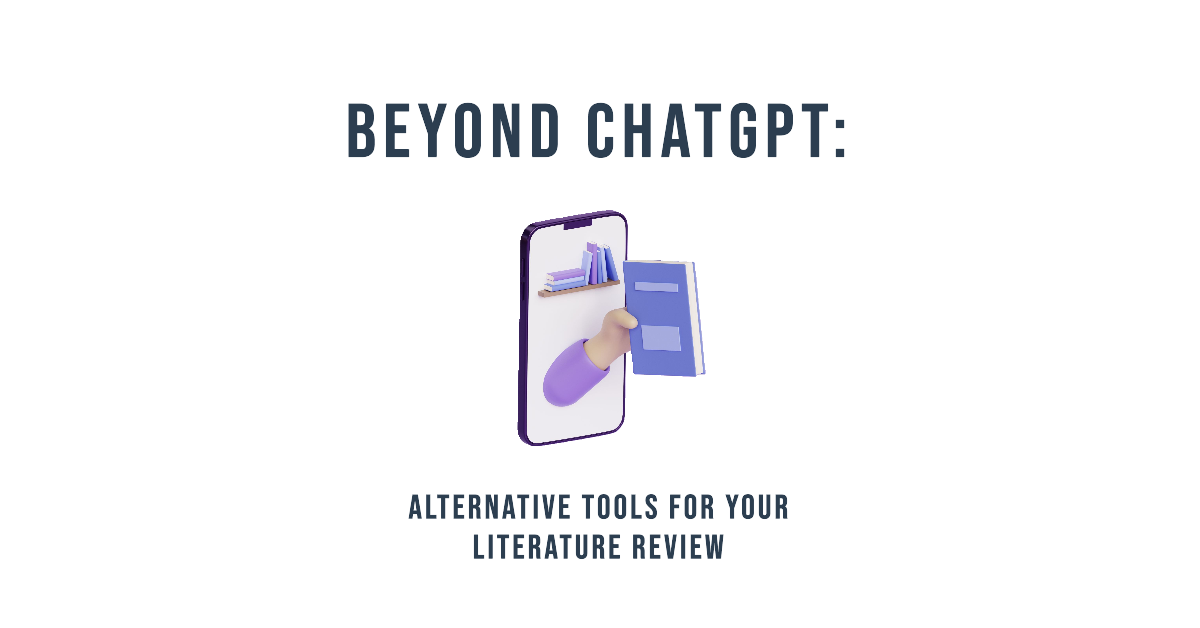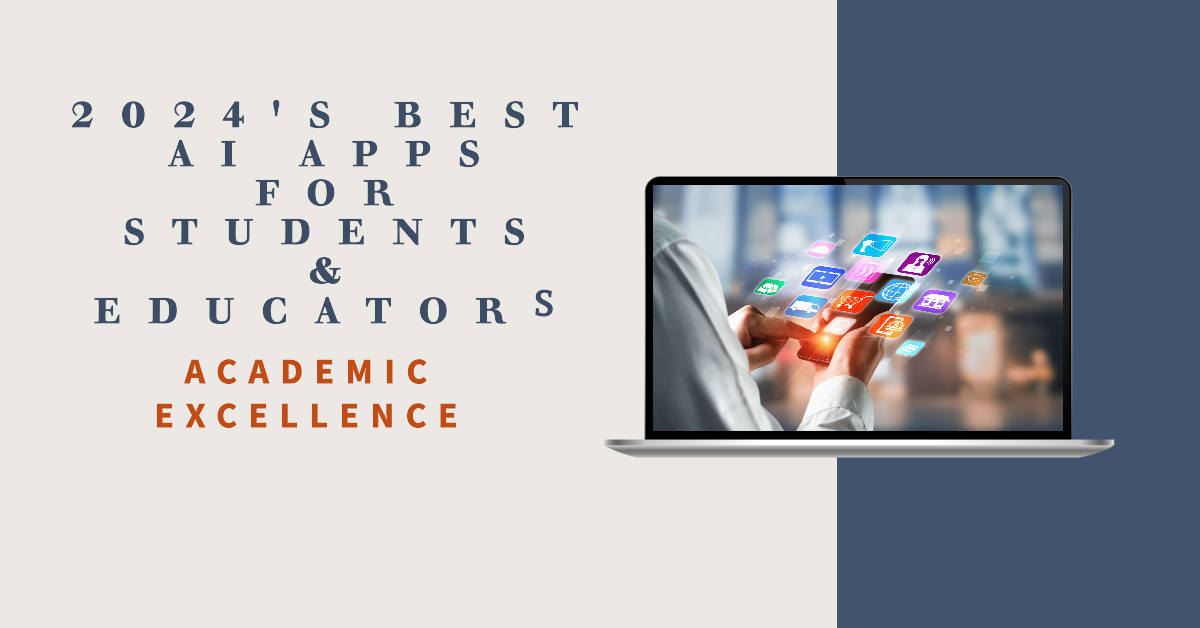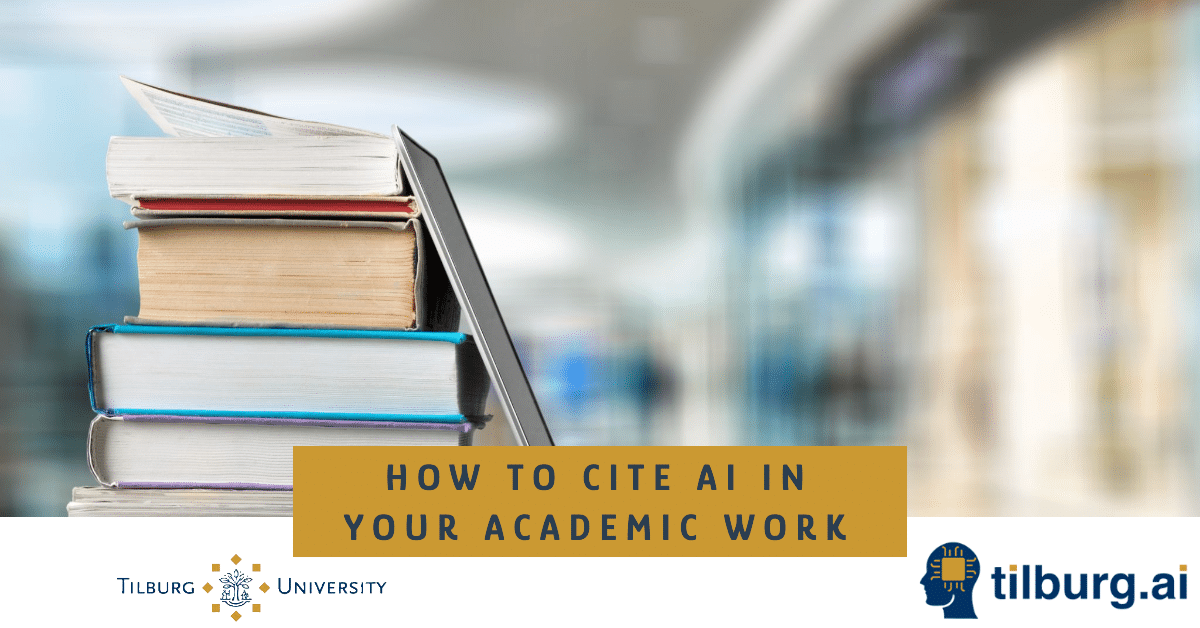Maybe your AI Research Toolkit is ChatGPT and you have discovered that it is not always be your best friend during the writing process. When using ChatGPT for academic writing, especially for searching references, you could inadvertently include completely made-up sources. To help you reduce this, we’ve compiled some do’s and don’ts for using ChatGPT in your literature research. Additionally, we’ll introduce you to other AI tools that might better suit your needs.
Literature Review with ChatGPT and Microsoft’s CoPilot
ChatGPT and Microsoft's CoPilot are not search engines, like you are used to with Google. While you can ask a question and receive an answer, this interaction is driven by a language model rather than a search algorithm. These models could and will generate APA citations because they understand the format of APA references. However, when you check these sources, you’ll often find that most of them do not actually exist and have been fabricated by the model.
Do’s
- Seek General Information: Use ChatGPT to obtain an overview of a topic. For example, ask, “What is procrastination?”
- Explore Relevant Concepts and Theories: Identify which concepts and theories are pertinent to your research.
- Formulate SMART Research Questions: Ask ChatGPT to help you craft research questions that are Specific, Measurable, Acceptable, Realistic, and Time-bound.
- Orient Your Research: Let AI assist you in narrowing down your search queries.
- Develop Effective Search Terms: Get help with synonyms, broader or narrower terms, and related keywords.
- Translate Search Terms: Use ChatGPT to translate search terms into different languages.
- Understand Databases: Request explanations of specific databases.
- Edit and Summarize Texts: Have ChatGPT edit your writing or summarize your own texts.
Don’ts
- Sole Reliance: Never rely solely on ChatGPT for academic references. Always cross-check with trusted sources.
- Assume Completeness: Do not assume that the information provided by ChatGPT is exhaustive or up-to-date.
- Skip Verification: Always verify the authenticity and relevance of any source suggested by ChatGPT.
Tools You Should Use
Below, we present a list of our recommended AI tools for use during a literature review. Our tips always remain the same: Only use the content generated by AI tools as a starting point and analyze it critically. Second, one of the best practices for using these tools is to find a few quality articles from library databases and use these articles as seed papers for further exploration. Third, Always validate the references and check the reputation of the sources; trusted indexing platforms like Google Scholar, Scopus, Web of Science, CrossRef, Library MultiSearch, etc., can be used for validation purposes.
Semantic Scholar
Our first tool focuses on finding the right papers. Semantic Scholar is a search engine specifically aimed at scientific literature. It offers brief summaries of the main objectives and results of academic papers. Semantic Scholar is an AI research tool designed to help users find academic papers, understand research trends, and explore scholarly work. Using machine learning, it ranks results by relevance, ensuring you find the most pertinent papers. Additionally, its semantic search capabilities allow you to discover papers with similar concepts or related research, even if they don’t match exact keywords.
It uses machine learning to extract meaning from scientific literature, making it a more efficient way to navigate research compared to a traditional search engine.
What does “efficient” mean?
Efficiency here refers to saving time and effort by quickly identifying the most relevant papers without needing to sift through large amounts of irrelevant information.The new discovery tool can help you:
- Understand more about a paper at a glance
- Stay up-to-date in your field
- Manage what you’re reading
- Understand more about the topic you’re researching

Save Time by Finding Collaborations with Semantic Scholar
Want to know who an author has collaborated with? Semantic Scholar makes it easy to discover connections between researchers. Here’s how it works:
- Search for the Author: Type the scientist’s name into the Semantic Scholar search bar.
- View Their Profile: Click on the author’s profile.
- Check the Co-Authors: Under the heading “Co-authors”, you’ll find a list of researchers the author has collaborated with.
- Visualize Collaborations: Semantic Scholar often provides a network graph that visually represents these collaborations.
With this feature, you can quickly identify partnerships, explore research networks, and uncover potential collaborators.

How to get started!
You don’t need an account to use the search engine, but creating an account is recommended. To sign up for a free account, go to https://www.semanticscholar.org/. You can either create a new account, or link to one of your existing accounts: Google, Facebook or Twitter.
Other use full tips are:
- Set your Account Preferences, Contact Preferences and Alert Preferences in Account.
- Create daily or weekly email alerts for authors, papers and topics related to your research.
- Create Research Feeds using AI-Powered personalized recommendations by selecting papers relevant to your research, refine them by rating papers.
- Build your Library by saving papers of interest to you. Organize your library via tags.
- Install Semantic Scholar browser extensions. Currently available for Chrome and Firefox.
Once your search results are displayed on the screen, you can either download or export each source one by one using the ‘Cite’ button. It is more convenient to collect multiple sources and export the whole sample. You can do this by clicking the ‘Save’ button for each interesting source.
Limitation of AI for Literature Review: AI does not identify good research or bad research, information can be generated based on poor research containing errors. Creativity is a fundamental feature of LLM/Generative AI, the logic used to predict text might be different from the evidence-based approach in scientific research..
NotebookLM by Google
NotebookLM is a new AI tool by Google designed to analyze up to 50 sources, including links, PDFs, and YouTube videos. When you upload a new source to NotebookLM, the app immediately generates an overview with a summary of the document and highlights the key topics and questions you can ask. It essentially acts as a research assistant, helping you better comprehend the source material and therefore research papers or your course material.
Beyond PDF summaries, NotebookLM excels in two main areas:
- Big-Picture Understanding: It helps you grasp how different elements interact within a broad context.
- Targeted Information Retrieval: It locates specific parts of papers to support or contrast a statement across different papers.
NotebookLM allows you to focus on a set of papers by excluding certain sources or running specific queries repeatedly across different studies. Additionally, it provides a comfortable way to preview references and directly access the relevant sections of PDFs. The current strengths can be stated as:
- Versatile Source Uploads: Supports various formats, including videos.
- Source-Specific Queries: It allows you to constrain which sources the model can use, as you can upload the paper from which it may extract information.
- References: Responses include references from provided PDFs, you can find the exact location in the paper from where the NotebookLM took it’s information enabling you to verify the information.
If your workflow involves executing one highly targeted prompt in-depth, use ChatGPT. If you are actively learning or working with a topic and need a dynamic conversation, NotebookLM is the better choice.
Curious about NotebookLM and want go get started, check out this article!




